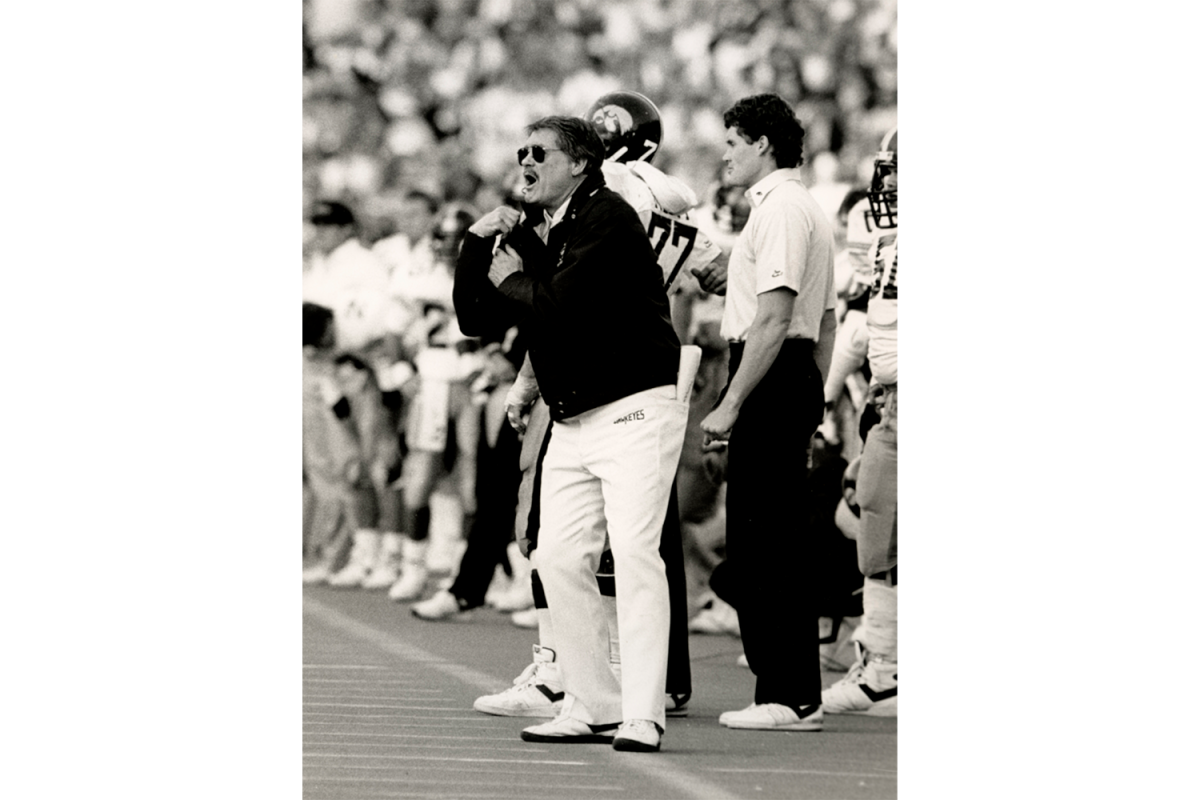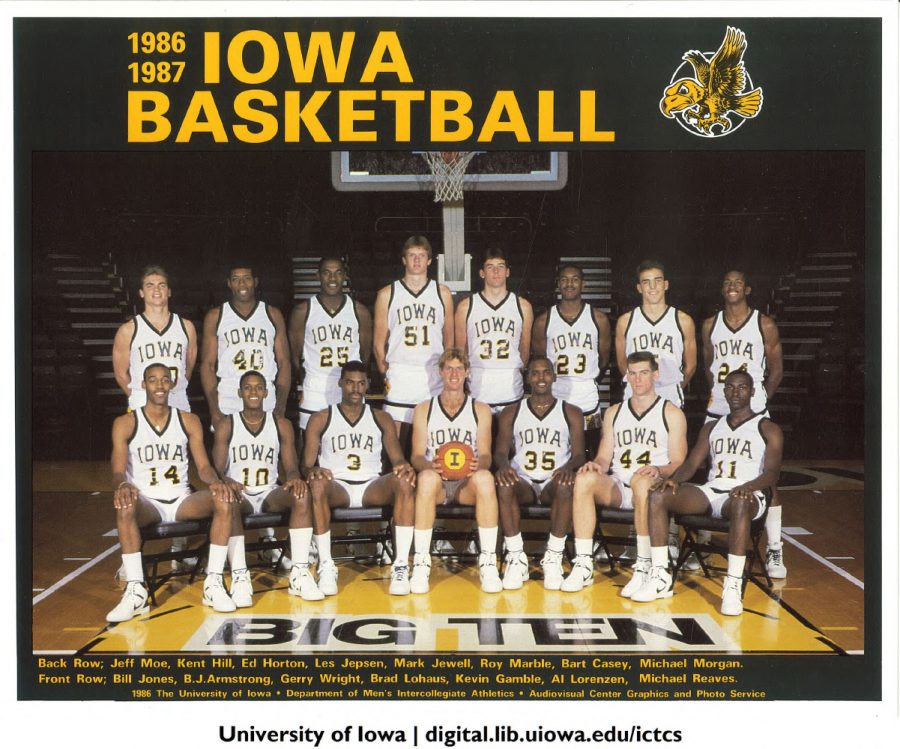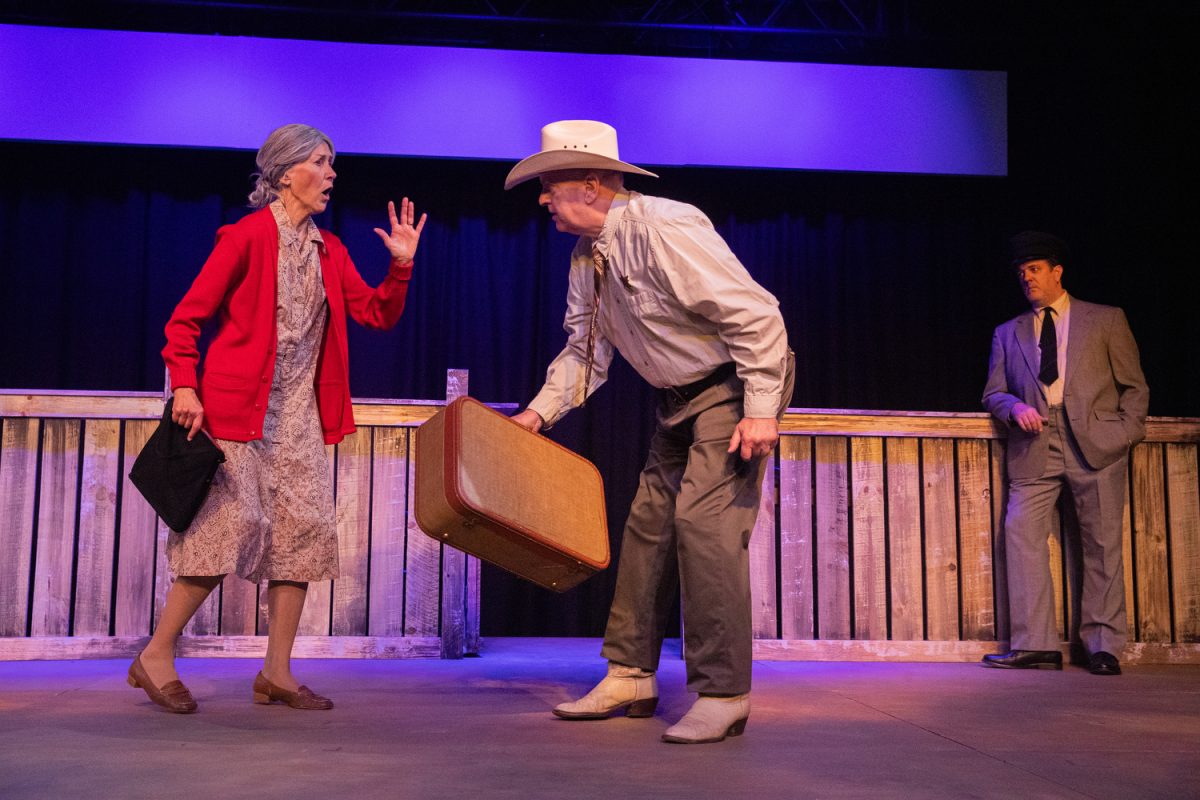It is, as it turns out, 1960.
More than 40 years removed from the heart of the American Civil Rights Movement, the United States is back in the thick of racial tension.
On July 19, 2013, President Obama issued the following statement; “Trayvon Martin could have been me 35 years ago.”
Of course, Obama had no way of knowing that the events that occurred nearly a year before these remarks would be just the first in a series that may come to define the term of America’s first black president.
Obama’s election was a moment that — I was told — would change the future of this country and overshadow the failures of the past, resulting in a post-racial society.
Yet here we sit, in a country torn apart by abysmal race relations. The latest event playing a role in the crumbling of civil rights is the case of Sandra Bland.
On July 10, Bland was pulled over by a police officer in Texas for not signaling a lane change. Three days later, Bland was found dead in her holding cell by an apparent hanging, as local authorities reported.
There are dozens of details surrounding this case that merit discussion. Lost in the specifics, however, is a minor detail that seems to have played a major role in nearly every case of tumultuous race relations since Martin. Video evidence and its role in the public’s perception of a given case has been a common thread for all of these scenarios.
Michael Brown, Eric Garner, Freddie Gray, and now Sandra Bland are among some of the most notable cases of less-than-favorable police interactions with black individuals — all ending in their deaths.
In the case of Garner, there was video showing a distraught Garner being put into a chokehold, which ultimately led to his death. Brown and Gray, on the other hand, did not have video evidence of their death readily available to the public.
Across all of these cases, public outcry has been greater for those cases with video evidence. In the case of Garner’s death, few could argue that the actions of the officer in the video were the right response to the scenario.
In the case of Bland, however, the only video evidence the public has seen of the incident is from the dashcam of the arresting officer. Moreover, the events of the arrest can only be heard, as the officer pulls Bland over to the sidewalk — out of view of the dash camera.
Bland tried to film the events — claiming the footage was her property — but Officer Brian Encinia quickly puts the kibosh on that filming, arguing that Bland did not have the right to film.
As it turns out, Bland had the right to record up until the moment of arrest — at which point she would have forfeited those rights, according to the Washington Post. Although many will debate the legitimacy of Bland’s arrest, perhaps a more important aspect to consider is whether she should have been allowed to film the event.
Video evidence (or the lack there of) has played a crucial role in the beginning of the Black Lives Matter movement. Without a bystander and without the nationwide acceptance of body cameras, it may be time to allow arrestees the right to film their arrest.
I never thought that “you have the right to film our interaction” should be a necessary addition to the Miranda right, and I never thought that trust in the police forces of the United States would be so low. But perhaps more than anything, I never thought I would be able to give my children a firsthand account of the rebirth of the Civil Rights Movement.






